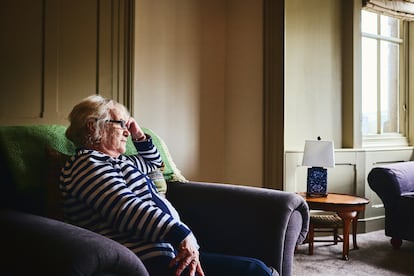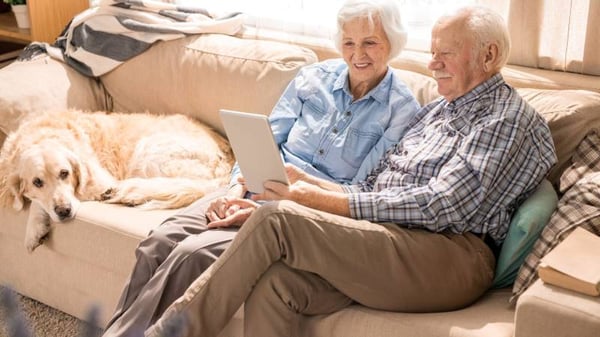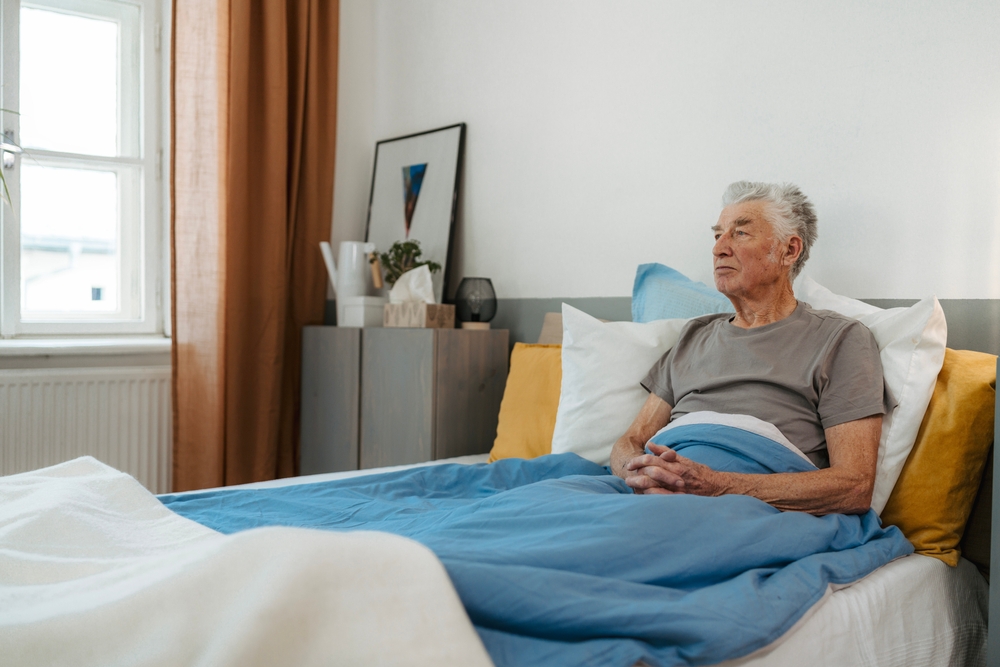Caring for bed bound patients presents unique challenges, one of the most critical being the risk of falls. Fall detection for bed bound patients is an essential aspect of their care. Falls can lead to severe injuries, prolonged hospital stays, and a decline in quality of life. It’s crucial to understand the importance of effective fall detection measures to ensure the safety and well-being of these vulnerable individuals.

The Importance of Fall Detection
Falls are among the leading causes of injury in elderly and bed bound patients. The consequences can be dire, resulting in fractures, head injuries, and psychological trauma. Implementing a reliable fall detection system is vital to mitigate these risks and provide timely assistance when needed.
Who Are Bed Bound Patients?
Bed bound patients are individuals confined to their beds due to various reasons, including chronic illnesses, recovery from surgery, or age-related conditions. They require constant care and monitoring to prevent complications such as pressure sores, infections, and falls.
Common Causes of Falls
Several factors contribute to the risk of falls among bed bound patients. These include muscle weakness, medication side effects, environmental hazards, and disorientation. Understanding these causes is crucial to developing an effective fall prevention strategy.
Muscle Weakness
Prolonged immobility can lead to muscle atrophy and weakness, increasing the risk of falls. Regular physical therapy and exercises can help maintain muscle strength and reduce fall risk.
Medication Side Effects
Certain medications can cause dizziness or drowsiness, making patients more susceptible to falls. It’s important to review medications regularly and consult healthcare professionals to manage side effects effectively.
Environmental Hazards
Poorly arranged furniture, slippery floors, and inadequate lighting can create hazards in a patient’s room. Ensuring a safe environment is crucial in preventing falls.
Disorientation
Confusion and disorientation are common among elderly patients, especially those with dementia. Providing a familiar and secure environment can help minimize these risks.
Technologies for Fall Detection
Advancements in technology have led to the development of innovative fall detection systems specifically designed for bed bound patients. These systems use sensors, alarms, and monitoring devices to detect falls and alert caregivers promptly.
Sensor-Based Systems
Sensor-based fall detection systems utilize motion sensors placed around the patient’s bed. These sensors detect unusual movements or lack of motion, triggering an alert for caregivers to check on the patient.
Wearable Devices
Wearable devices like smart bands and pendants are equipped with accelerometers and gyroscopes to detect falls. These devices can send alerts to caregivers or emergency services in real-time.
Smart Bed Technology
Smart beds are equipped with sensors that monitor a patient’s movements and vital signs. These beds can adjust themselves to prevent falls and alert caregivers if a fall is detected.
Benefits of Fall Detection Systems
Implementing a fall detection system offers numerous benefits for both patients and caregivers. These systems provide peace of mind, reduce response times, and improve overall patient safety.
Peace of Mind
Knowing that a reliable system is in place to detect falls allows caregivers to focus on other aspects of patient care without constantly worrying about potential accidents.
Reduced Response Times
Quick alerts enable caregivers to respond promptly to falls, minimizing the risk of severe injuries and ensuring timely medical intervention if needed.
Improved Patient Safety
By preventing falls and ensuring rapid response, these systems significantly enhance the safety and quality of life for bed bound patients.
Choosing the Right Fall Detection System
When selecting a fall detection system for bed bound patients, it’s essential to consider factors such as ease of use, reliability, and compatibility with existing care protocols. Consulting healthcare professionals and evaluating different options can help in making an informed decision.
Ease of Use
The system should be user-friendly for both patients and caregivers, ensuring seamless integration into daily routines.
Reliability
A reliable system with minimal false alarms is crucial to avoid unnecessary distress and ensure accurate fall detection.
Compatibility
The fall detection system should be compatible with other medical devices and care protocols to provide comprehensive patient care.
Implementing Fall Detection in Care Plans
Integrating fall detection systems into patient care plans is a proactive approach to preventing falls and ensuring patient safety. Collaboration between healthcare providers, caregivers, and technology experts is essential in designing effective care plans.
Training for Caregivers
Providing training for caregivers on how to use and maintain the fall detection system is crucial for its successful implementation.
Regular System Maintenance
Regular checks and maintenance of the system ensure its functionality and reliability over time.
Conclusion
Fall detection for bed bound patients is a critical component of comprehensive patient care. By understanding the risks, implementing advanced technologies, and integrating these systems into care plans, we can significantly improve the safety and well-being of these vulnerable individuals. For more information on fall prevention, you can visit the National Council on Aging.

FAQ
What is a fall detection system?
A fall detection system is a technological solution designed to detect falls in patients and alert caregivers or emergency services promptly.
How do fall detection systems work?
Fall detection systems use sensors, wearable devices, or smart bed technology to monitor patient movements and detect falls.
Are fall detection systems reliable?
Yes, modern fall detection systems are highly reliable, providing accurate alerts and minimizing false alarms.
This article contains affiliate links. We may earn a commission at no extra cost to you.






